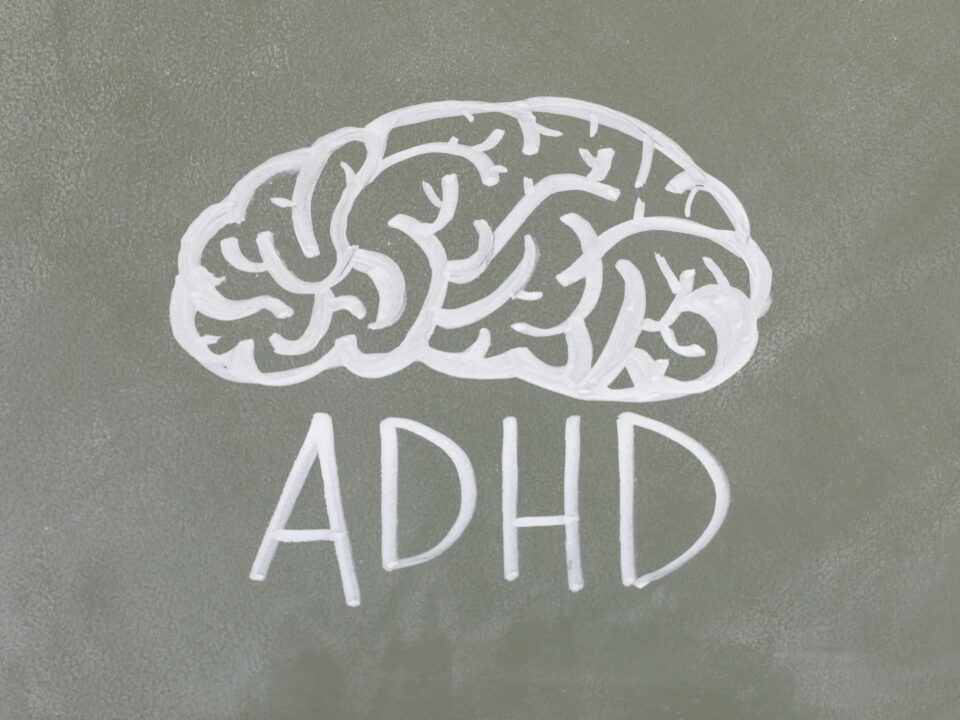Finding Our Rhythm: A Gentle Journey Through Potocki-Lupski Syndrome (PTLS)

The Start of Our Story
Children are wonderfully unpredictable. Some take their first steps early; others sing before they speak. We celebrate these little surprises — each one a reminder that there’s no single path to becoming who we are.
But somewhere along the way, I noticed my child wasn’t quite following the rhythm I expected. They didn’t walk until two. By three, they had very low vocabulary. I clung to reassurance for as long as I could — every child moves at their own pace, I told myself.
Still, a quiet voice inside nudged me forward. So we searched. We asked questions. We saw specialists. And, after more appointments than I can count — many filled with suggestions that we simply “parent better” — we finally found a clue: a duplication on chromosome 17.
The likely diagnosis? Potocki-Lupski Syndrome (PTLS) — a rare genetic condition that affects around 1 in 25,000 people. It’s linked to things like speech and motor differences, learning challenges, and sometimes traits associated with autism or ADHD. There can be other complexities too, but at its heart, PTLS is simply another way of being — another rhythm in the great orchestra of human experience.

What Even Is PTLS?
Think of it like this: you’ve just brought home flat-pack furniture. You’ve got all the pieces, but the instruction manual has a few pages repeated. That’s what a chromosome duplication is — extra instructions that can change how things come together.
In PTLS, the duplication happens on chromosome 17. This little twist can affect how a person grows, moves, and communicates. Some people might need a lot of support, others only a little. It’s a spectrum — and like all neurodivergent conditions, it looks different in every individual.
In our case, the first sign was low muscle tone. Our baby felt softer in our arms, a little “floppier” than expected. As time went on, we noticed differences in movement, learning new skills, and connecting with peers. Not delays, exactly — just a different tempo.
Some traits commonly seen in PTLS include:
- Differences in speech and language development
- Motor coordination challenges (because of hypotonia)
- Feeding difficulties in infancy
- Traits associated with autism or attention differences
- Learning needs or intellectual disability
- Subtle heart changes or facial features.
But not every child will experience these — and many will show strengths that shine just as brightly.
A Note on Neurodiversity
As we learned more about PTLS, we realised something: many of the traits overlapped with those seen in autism, ADHD, or other neurodivergent experiences. That was a lightbulb moment for us.
It reminded us that these aren’t broken parts. They’re just different wiring. Beautiful, unique ways of interacting with the world that deserve to understand — not fixing.
Being part of the neurodivergent community means embracing all the ways a brain can be. PTLS is just one expression of that richness.
The Long Road to Answers
Getting here wasn’t quick. PTLS is still relatively unknown, so not every doctor recognised it right away. We waited, we wondered, and we hoped. And when we finally received the pre-diagnosis, everything clicked into place.
Suddenly, our questions had context. Our concerns were validated. It didn’t make everything easy — but it made it make sense.
We were referred to various specialists to check for related health concerns, and the process, though overwhelming. They provided an explanation, brought with it a strange comfort: we were no longer walking blind.
And the professionals? So many were kind beyond words. They listened. They explained. That we weren’t alone, they reminded us, made all the difference.
Things That Helped

Photo by Ivan Samkov via Pexels
Here are a few things we found grounding during the whirlwind:
- Ask questions — even the “silly” ones. Understanding the process can ease the fear.
- Keep notes — track appointments, milestones, changes.Keep track of appointments, milestones, and changes by taking notes. You’ll be amazed at how useful this is.
- Build a circle — whether it’s friends, family, or other parents online, connection is vital.
- Explore resources — these were lifesavers for us:
- Unique – for rare chromosome disorders
- Genetic Alliance UK – full of helpful info
- Contact – great for families of disabled children
For Other Families

If you’re standing where we stood — tired, scared, searching — I want to say this clearly:
You are doing enough. You are never alone in this. Your child is deeply loved, and everything will be okay.
Take your time. Find your rhythm. Advocate when you can, rest when you must, and remember to breathe. The love you have is already changing everything.
Looking Ahead

Photo by Negative Space via Pexels
Our story with PTLS is just beginning. We don’t know what lies ahead.
If you’re navigating something similar, please know — you’re not behind. You’re not late. You’re on your own beautifully winding path. And even if it feels like the map is missing, the stars above are still there, quietly lighting the way.




